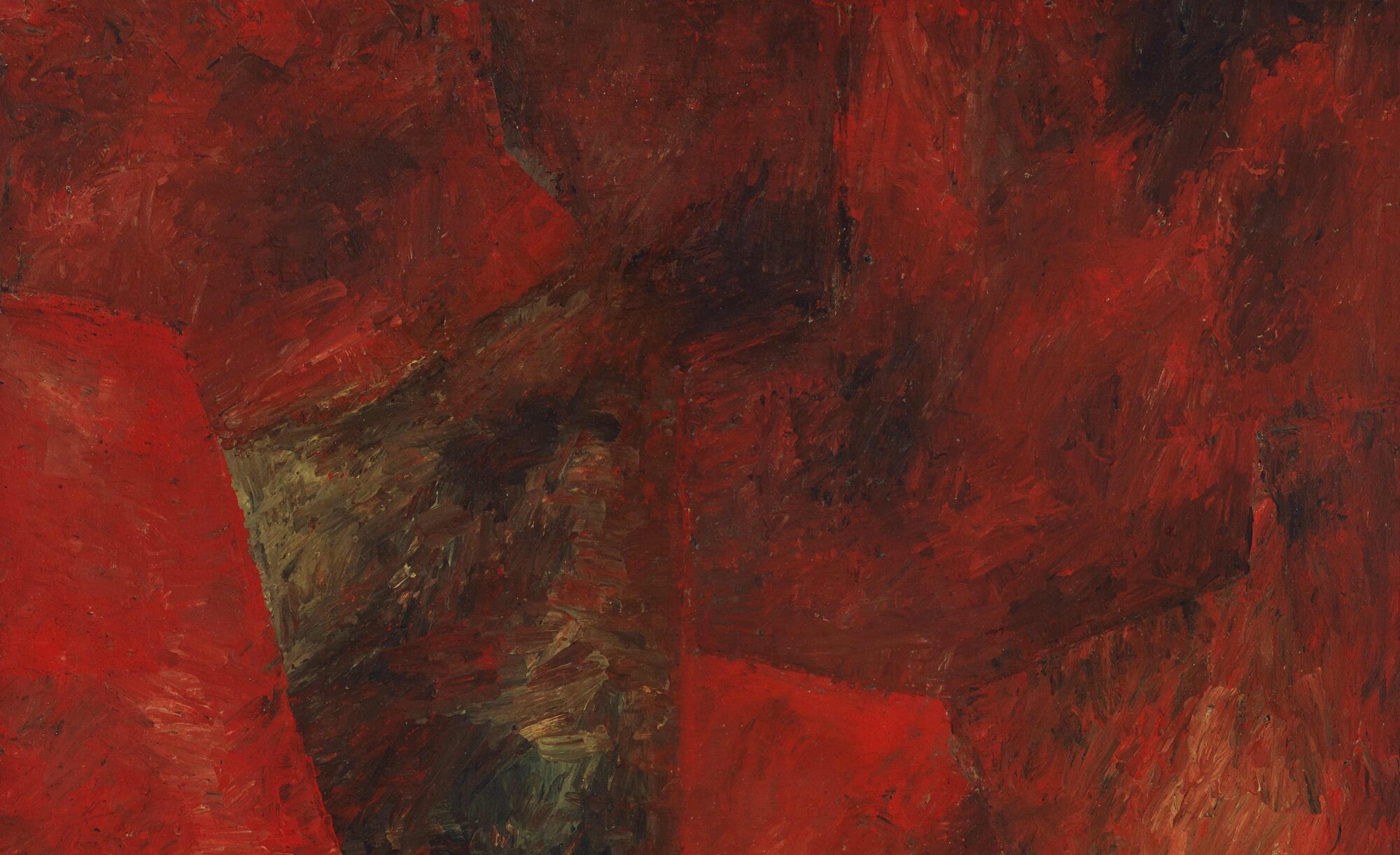Executed in 1962, Serge Poliakoff’s Composition Abstraite pulsates with a rich chromaticism and geometric rhythm. Painted in the decade that cemented his position as a leading figure of the New School of Paris, the present work exemplifies Poliakoff’s mastery of the two key tenets of abstraction: colour and form. Turning away from the linearity and figuration that marked the artist’s oeuvre in the 1950s, Poliakoff embraces the possibility of geometric fluidity in Composition Abstraite, creating a surface alive with movement and depth.
"He was resistant to theories and systems; his art was based on individual, existential, sensual and emotional experiences. Poliakoff declared: "For me, art must be as malleable as butter... too much science can lead to its death."

In contrast to his earlier use of industrial paints, Composition Abstraite demonstrates Poliakoff’s shift toward a more tactile and painterly approach. Working with both brush and palette knife, he applied ground pigment directly onto the canvas, yielding a distinctive interlocking palette of smouldering crimsons and umber-streaked burgundies. By grinding his own pigments and experimenting with solvents, Poliakoff creates a dense atmospheric weave of shadow and heat to achieve a textural surface singular to the artist. As Matt Connors describes of the works, they are “like puzzles, wherein the pieces are being cut at exactly the same time as they are being assembled. They seem to be figuring themselves out as you look at them in front of your eyes and perhaps not getting there all of the time” (Matt Connors quoted in: Joe Fyfe, Exh. Cat., New York, Cheim & Reid, Serge Poliakoff, 2016, p. 11).
Painted the same year Poliakoff was granted French citizenship and represented France in the Venice Biennale, Composition Abstraite belongs to a pivotal moment in the artist’s life and career. Having fled Russia in the wake of the 1917 Revolution, Poliakoff eventually settled in Paris, studying painting while supporting himself as a nightclub musician. Profoundly influenced by Vassily Kandinsky, Otto Freundlich, and the revolutionary spirit of Kazimir Malevich, he absorbed and reinterpreted the tenets of abstraction. In the present work, the legacy of Suprematism is distilled into a language wholly his own—one where shape, colour, and texture are treated with equal reverence. At once sensuous and rigorously constructed, Composition Abstraite stands as a powerful testament to Poliakoff’s mature vision and enduring contribution to post-war abstraction.